If you’ve ever considered buying a property to rent on Airbnb or VRBO, there’s a good chance Arizona has caught your eye. Between year-round sunshine, a thriving tourism economy, and some of the most landlord-friendly laws in the country, it’s one of the most promising places in the U.S. for short-term rental investors.
Whether you’re a seasoned real estate investor expanding your portfolio or a first-timer looking to enter the market, it’s essential to understand how location, regulation, and insurance intersect before you buy. That’s why it’s worth taking a few minutes to explore short-term rental insurance in Arizona before diving in—coverage designed specifically for STRs can make the difference between a profitable season and a costly setback.
In this guide, we’ll break down the top 5 short-term rental markets in Arizona for 2025—places where occupancy rates, tourism demand, and property values align for strong investment potential. Along the way, we’ll link to insights on Arizona’s landlord-friendliness, rental costs, HOA laws, and other factors that influence your bottom line.
Why Arizona is an attractive state for STR investors
Arizona continues to draw investors for several reasons. The state’s tourism industry remains robust, bolstered by year-round events, golf tourism, national parks, and growing metro areas. The laws also tend to favor landlords, and compared with states that restrict Airbnb activity, Arizona cities still allow investors a relatively open field.
The combination of sunshine, economic growth, and flexible regulation has created a sweet spot for short-term rentals. However, success still requires careful planning—understanding local Airbnb rules, HOA limitations, and property management laws is key. You can dive deeper in our dedicated guides to Airbnb and short-term rental laws in Arizona and Arizona HOA regulations.
And because every STR comes with unique risks—from guest damage to liability exposure—it’s smart to protect your investment early with specialized short-term rental insurance.
What makes a top STR market
To identify Arizona’s top-performing short-term rental markets, we looked at several key factors that determine profitability:
- Occupancy rates and seasonal demand, especially through platforms like Airbnb and VRBO
- Average daily rates (ADR) and annual revenue potential
- Regulatory environment and how easy it is to obtain a rental license
- Local amenities and tourism drivers, including airports, universities, and event venues
- Affordability and growth, such as property acquisition costs and long-term appreciation
The five markets below consistently rise to the top for their balance of returns, sustainability, and investor-friendly conditions.
1. Scottsdale
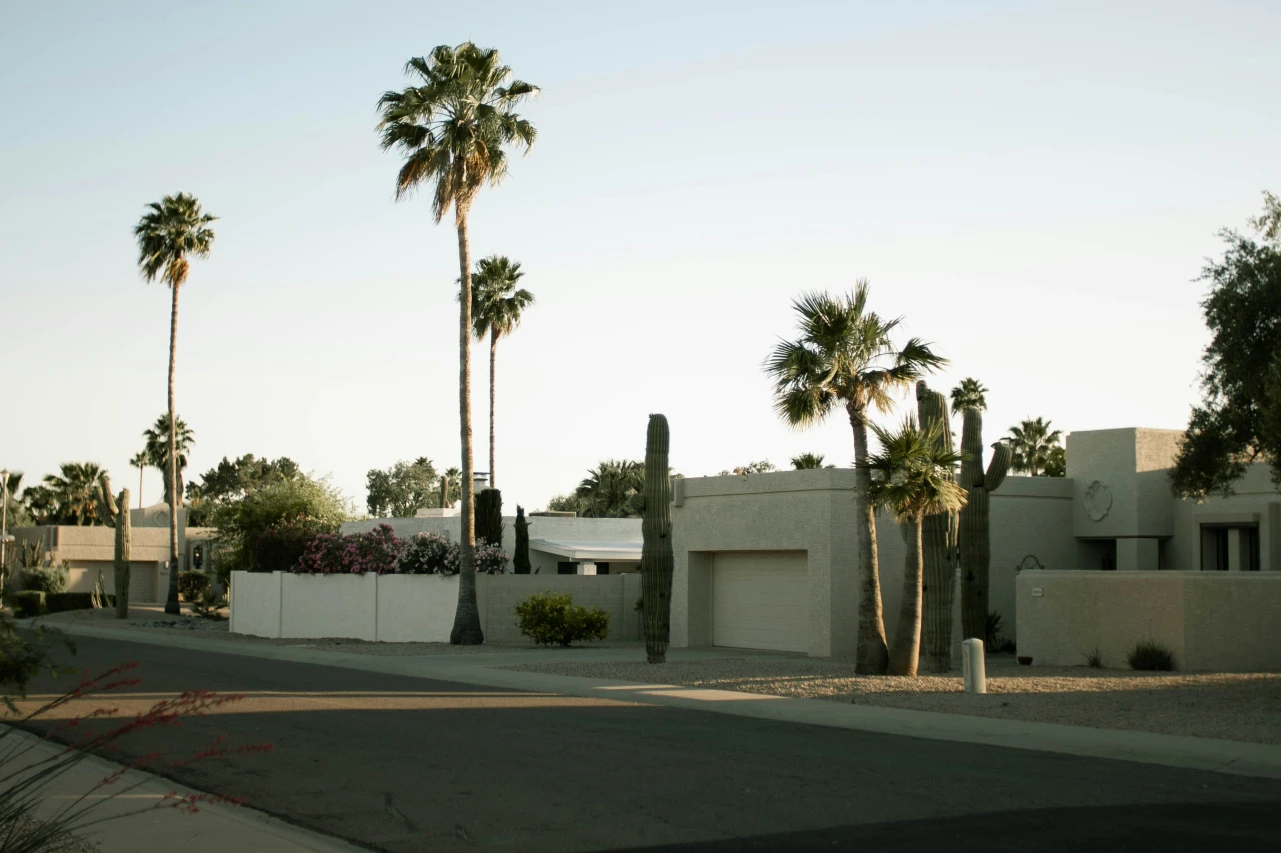
Scottsdale is the crown jewel of Arizona’s short-term rental market. Known for its luxury resorts, golf courses, and upscale nightlife, it consistently ranks among the most profitable Airbnb and VRBO markets in the Southwest. The city’s desert scenery, proximity to Phoenix, and year-round warm weather make it an enduring favorite among high-end travelers, snowbirds, and event-goers alike.
Occupancy rates in Scottsdale generally fall between the mid-50s and 60 percent range, but that only tells half the story. High average daily rates (ADRs) — often topping $300 — push average annual earnings toward $40,000 per property, with top performers earning significantly more. Homes with resort-style amenities like pools, outdoor kitchens, or mountain views perform particularly well. Investors targeting luxury segments such as poolside villas, modern condos, or mid-century desert retreats find that Scottsdale’s demand holds strong even through off-season months.
However, Scottsdale’s lucrative potential comes with tighter oversight. The city enforces Ordinance 4566, which mandates safety requirements, owner contact registration, and local licensing for all short-term rentals. Operators must also comply with noise, occupancy, and parking restrictions to avoid fines. It’s worth reviewing official city guidance before listing a property to ensure your investment stays compliant and profitable.
Investor takeaway: Scottsdale remains Arizona’s flagship market for investors who can deliver a premium experience and manage regulatory obligations. The capital outlay is high, but so are returns — especially for hosts who understand design, hospitality, and the value of proper short-term rental insurance.
Explore our short-term rental insurance options in Scottsdale.
2. Phoenix metro
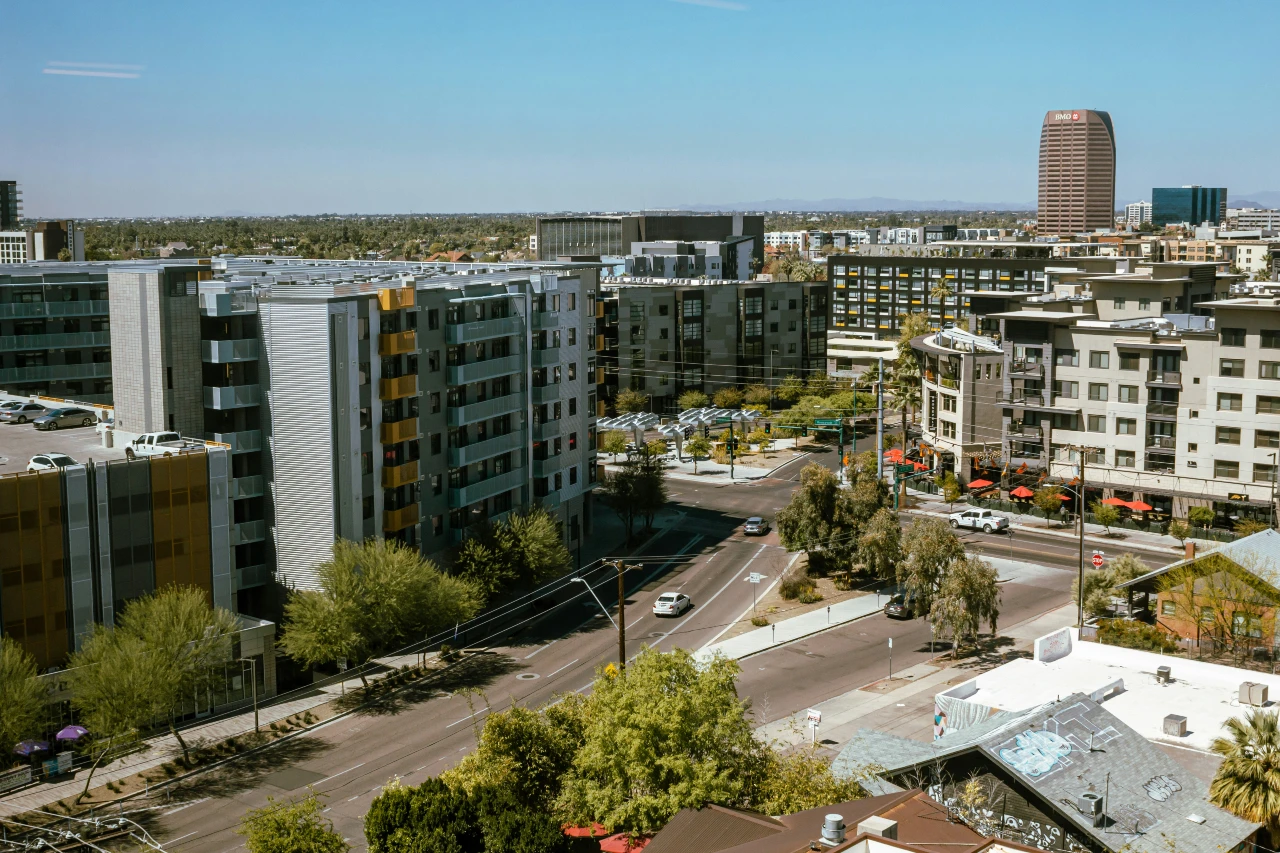
Phoenix and its surrounding suburbs — including Tempe, Arcadia, and Chandler — form the state’s largest and most diverse short-term rental ecosystem. As one of America’s fastest-growing metro areas, Phoenix attracts more than 40 million visitors a year for business travel, sports, conventions, and desert getaways. That scale translates directly into consistent demand for well-managed rental homes.
Occupancy rates for full-home listings typically land in the upper-60 percent range, with particularly strong performance near downtown, the Arizona State University corridor, and event-heavy districts like Old Town Scottsdale and Camelback East. Investors who emphasize convenience — such as proximity to stadiums, airports, or golf courses — often achieve above-average booking velocity. Phoenix also supports a range of property types, from single-family homes with backyard pools to newer apartment-style condos catering to digital nomads.
The city’s greatest strength is flexibility: Phoenix supports both first-time investors and portfolio builders. Because of its size, landlords can diversify holdings across multiple neighborhoods or even adjacent municipalities. However, regulation varies widely by city. Tempe requires business licenses and limits maximum occupancy, while Chandler has fewer restrictions but enforces noise and nuisance codes. Doing detailed due diligence on zoning and permitting can save significant time — and fines — later.
Investor takeaway: Phoenix is ideal for investors seeking scale and consistency rather than flash. Its volume of visitors, diversified neighborhoods, and solid ADRs make it one of the most balanced markets in the Southwest, particularly for operators looking to expand across multiple doors.
3. Mesa
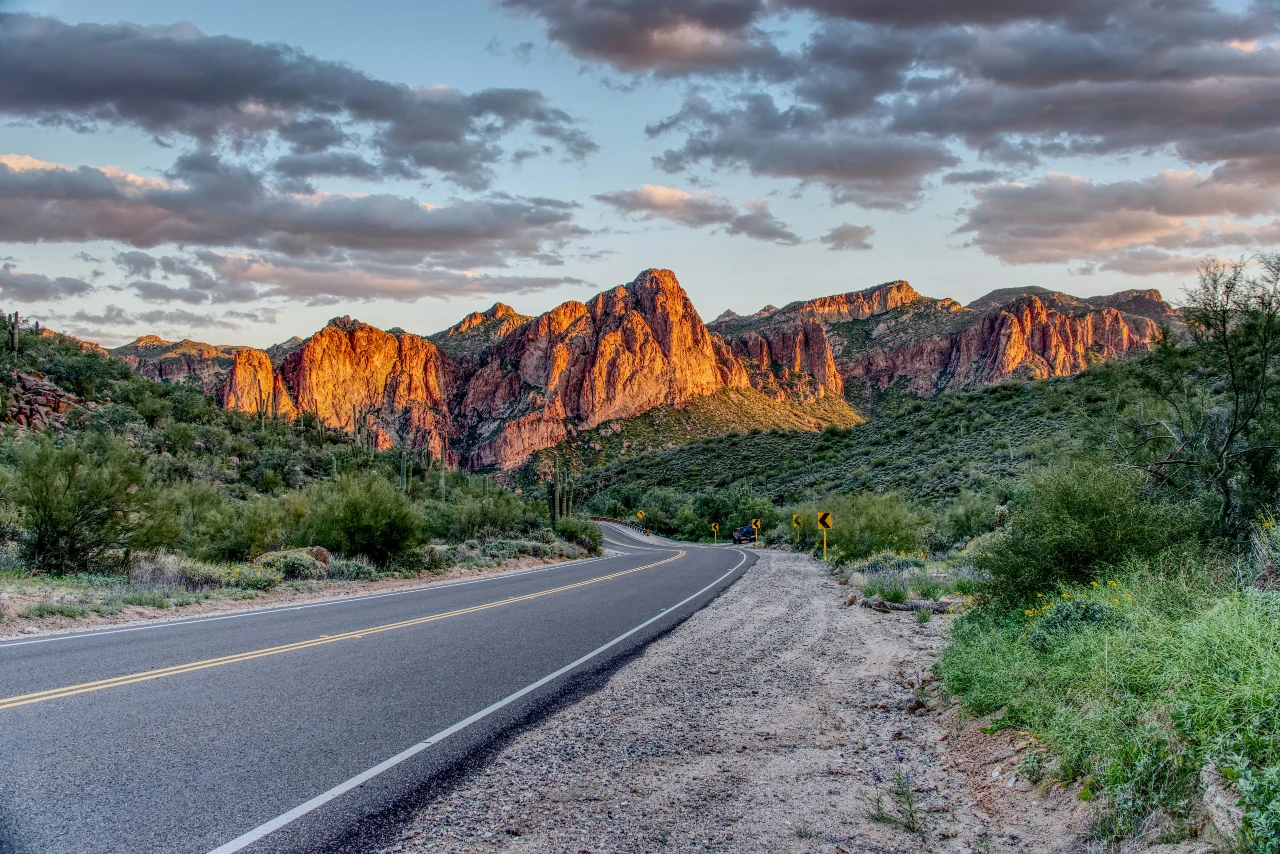
Mesa has quietly become one of Arizona’s most stable mid-tier short-term rental markets. With lower property prices than nearby Scottsdale or Phoenix and occupancy rates around 66–67 percent, it offers dependable returns without the steep buy-in costs. Mesa’s family-friendly appeal and location — just 20 minutes from Phoenix Sky Harbor Airport — attract both tourists and traveling professionals.
Unlike some nearby cities, Mesa’s regulatory process is straightforward. A short-term rental license is required for properties rented for 29 days or less, but the application is simple and inexpensive. Compliance largely focuses on safety and local contact information, giving landlords clarity rather than red tape.
Mesa’s guest base is broader than many realize. In addition to families visiting for spring-training baseball or regional parks, the city sees strong corporate and healthcare-related stays due to nearby business hubs. Condos and single-family homes with modest amenities perform well here, especially when marketed to families or long-term vacationers.
While Mesa doesn’t command Scottsdale-level nightly rates, its affordability makes up for it. Investors can achieve solid cash-on-cash returns by keeping acquisition costs low and maximizing occupancy. Because supply growth has been gradual, competition remains manageable, which supports consistent revenue even during slower travel months.
Investor takeaway: Mesa is a strong fit for first-time or value-focused investors who want reliable performance in a growing metro area. Its approachable pricing, steady bookings, and light-touch regulation create a balanced foundation for scaling into Arizona’s STR market.
4. Tucson
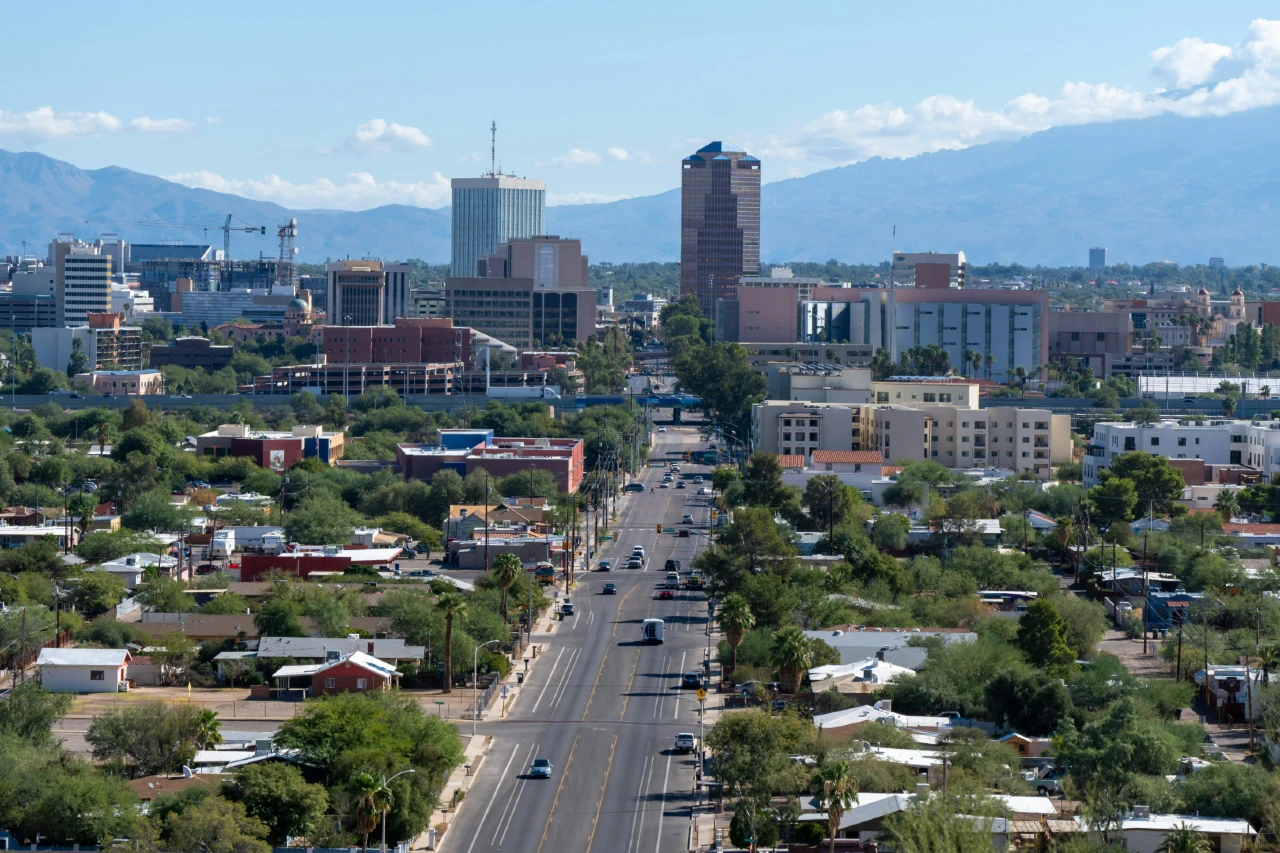
Tucson delivers dependable, value-driven performance for investors seeking consistent bookings and lower entry costs. With roughly 4,800 active Airbnb listings, the city’s market thrives on a mix of university-related travel, snowbird stays, and regional events. Its cultural vibrancy — from the Tucson Gem & Mineral Show to the city’s thriving arts and food scene — fuels year-round visitor interest.
ADRs in Tucson are lower than in Phoenix or Scottsdale, averaging around $130–$150 per night, but acquisition costs are also far lower. The result is competitive cash-on-cash returns and higher yield potential for small and mid-size investors. Neighborhoods near the University of Arizona, downtown arts district, and Catalina Foothills tend to generate the strongest occupancy, particularly during academic semesters and festival seasons.
Regulation is relatively lenient, but the city does require short-term rental operators to follow state-level registration laws, provide local contacts, and maintain quiet-hours compliance. Because Tucson’s infrastructure caters well to remote work and mid-term stays, many landlords combine short-term and 30-day furnished leasing strategies to maximize occupancy in shoulder seasons.
From a macro perspective, Tucson’s tourism sector continues to expand through eco-travel and retirement migration, both of which create stable guest flow. Investors should note that while nightly revenue may lag luxury markets, long-term sustainability and lower volatility make Tucson an appealing diversification play.
Investor takeaway: Tucson suits investors prioritizing affordability and steady occupancy over headline ADRs. Its balanced demand, flexible zoning, and low costs create dependable cash flow — perfect for those building long-term rental portfolios in Arizona.
5. Yuma or Sedona

The fifth spot depends on your investment goals. Yuma and Sedona represent opposite ends of Arizona’s short-term rental spectrum — one focused on high yield and accessibility, the other on luxury and exclusivity.
Yuma has quietly become a strong value market for short-term rentals, driven by a unique blend of snowbird tourism, border-region business travel, and desert recreation. With low acquisition costs and minimal regulation, Yuma offers some of the highest yield potential per dollar invested in the state. Occupancy rates tend to be consistent, and operational costs remain low due to its compact geography and mild climate. The trade-off is lower ADRs, but landlords benefit from extended winter stays and repeat seasonal guests.
Sedona, by contrast, sits firmly in the luxury tier. Its red-rock scenery, hiking trails, and wellness-retreat atmosphere attract a global audience — and command some of the highest nightly rates in Arizona. ADRs can exceed $400 in peak season, and occupancy remains solid thanks to a year-round tourism draw. However, Sedona also enforces some of the state’s strictest zoning and permit rules. The city has capped certain types of new STR permits and closely monitors compliance. Investors should review Sedona’s local ordinances carefully before purchasing.
Both markets cater to very different investor profiles. Yuma is about cash flow, affordability, and high utilization; Sedona is about luxury branding, premium pricing, and property appreciation. Whichever you choose, proper due diligence and strong short-term rental insurance coverage are essential.
Investor takeaway: Choose Yuma for low-cost entry and high yield, or Sedona for luxury pricing and long-term appreciation. Both round out Arizona’s diverse STR landscape, giving investors flexibility to match strategy with risk tolerance and capital availability.
Regulations, licensing, and the short-term rental loophole
Local rules can make or break your investment. Always confirm current Airbnb and short-term rental regulations in Arizona before listing a property, as requirements vary by city.
Homeowners associations can also limit or ban STR activity, so check Arizona HOA laws and regulations before closing on a property.
Some investors use what’s known as the short-term rental loophole to operate legally under different zoning or tax conditions—but this approach requires caution and should never replace due diligence.
Insurance and risk
Short-term rentals come with unique risks—from guest injuries to accidental property damage. Protect yourself with tailored short-term rental insurance or a policy designed for Airbnb hosts.
Unlike standard homeowners policies, landlord coverage accounts for commercial use, multiple guests, and liability exposure—essential for investors aiming to scale safely.
Property management
Running multiple STRs means juggling bookings, cleaning, repairs, and guest communication—tasks that quickly add up. Professional managers can streamline all of this. Learn more in our guide to property management laws and regulations in Arizona.
Strong management not only keeps reviews high but also ensures compliance with local rental license requirements.
Costs, financing, and returns
Understanding the financials is as important as picking the right location. Review our breakdown of average rental property ownership costs in Arizona to plan for taxes, utilities, maintenance, and insurance.
Combine those figures with insights from real estate trends in Arizona and our overview of why Arizona is landlord-friendly to calculate long-term returns more accurately.
Read more: Top 5 short-term rental markets in Texas
Final thoughts
Arizona’s leading short-term rental markets—Scottsdale, Phoenix metro, Mesa, Tucson, and Yuma or Sedona—offer diverse paths to profit. From high-end resort towns to affordable desert escapes, there’s an option for nearly every investment style.
Before you buy, confirm local regulations, HOA restrictions, and insurance coverage. Then protect your portfolio with a policy built for the realities of short-term rentals.
At Steadily, we help landlords safeguard their investments with flexible, landlord-focused coverage. Get a quote today and see how the right policy can keep your Arizona rentals running smoothly.



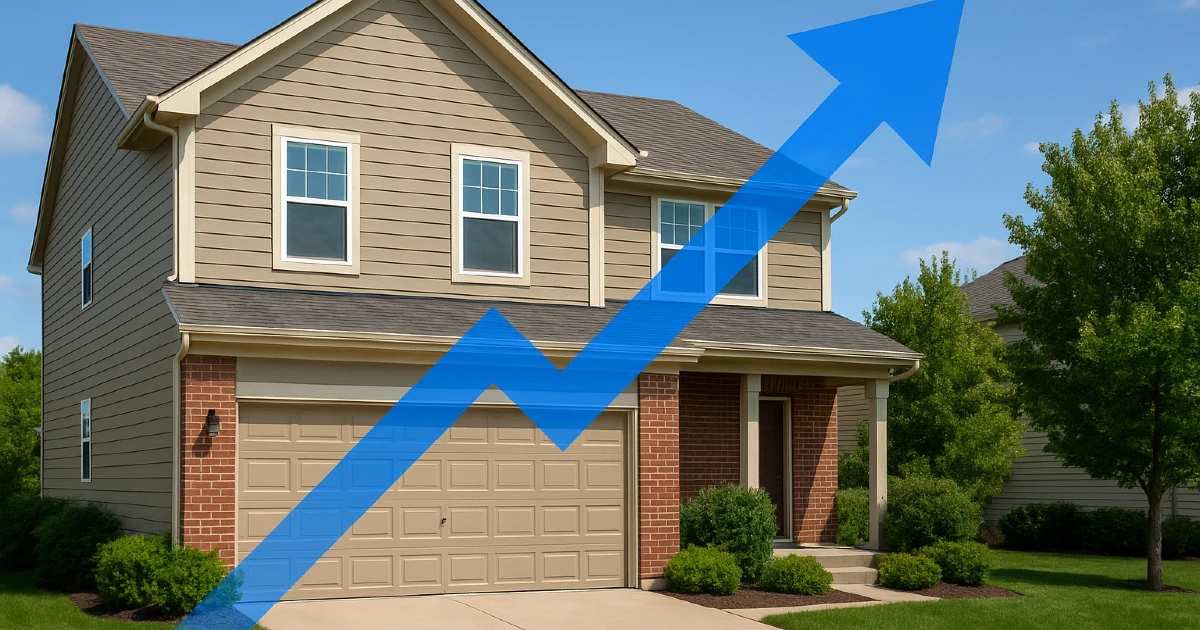


.png)
.jpg)
.jpg)


.png)